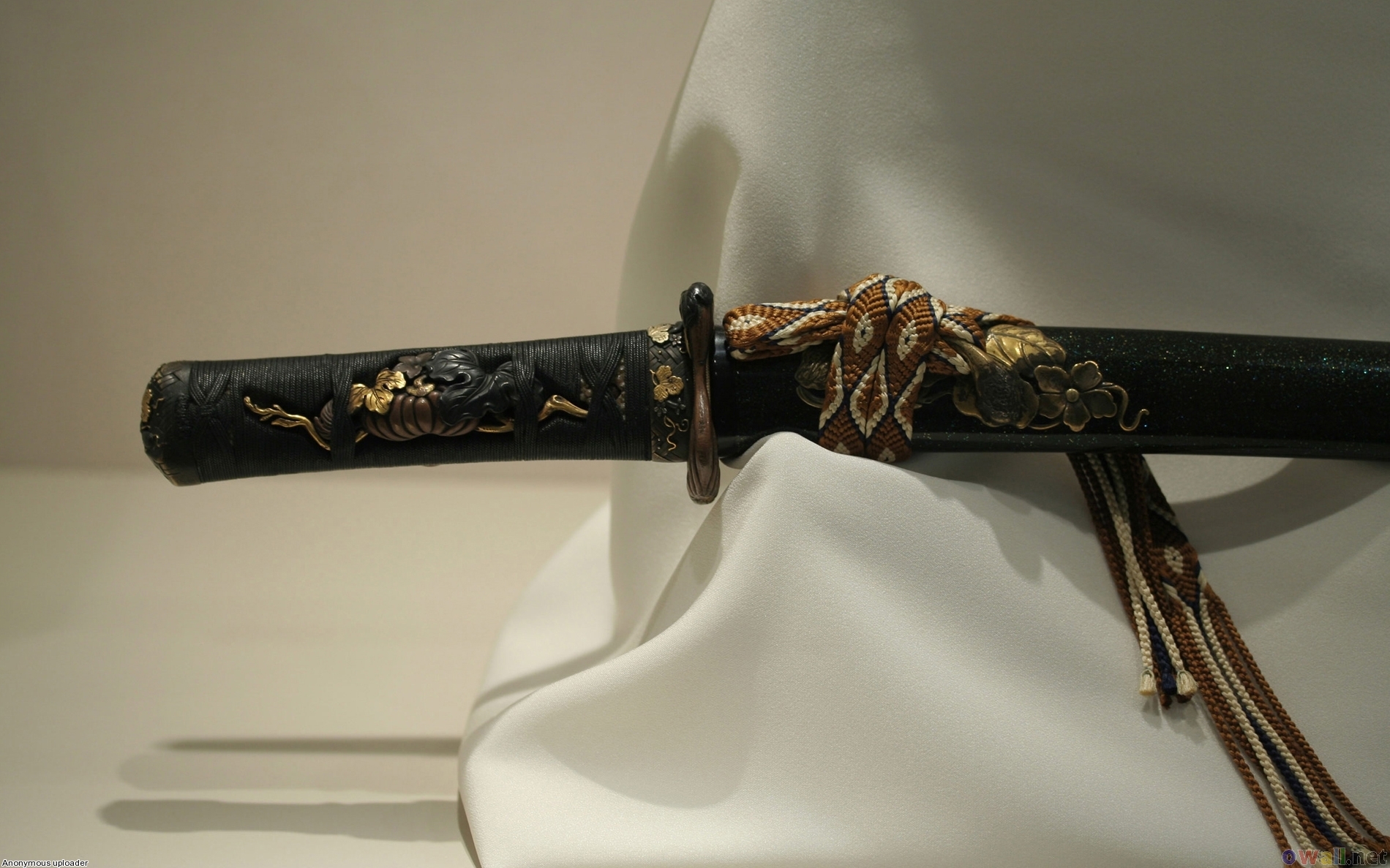
The tsuba (hand guard) was sometimes considered just as valuable as the blade. However, other parts also determined its value. The blade was the most important part of the Samurai sword. Other parts of the katana were valuable too The curved blade that we associate with the katana today came much later, after the Samurai recognized the value of such a design while attacking from horseback. The first Samurai soldiers may have used a straight blade imported from Korea and China. This kind of reverence was practiced throughout the sword-making process. They did this by abstaining from sexual activities, fasting, and reciting prayers under a waterfall. Traditional katana makers purified themselves before even beginning the forging process. For sword smiths, it was much more than just turning up to a smithy and forging a blade. Making a Samurai sword required serious dedication. Of course, the katana had its value in war, especially in close combat where the aforementioned weapons were of little use. Also, spears and bows were the soldier’s primary weapons in the battlefield. While that may be true, the wider consensus is that the sword was nothing more than just a very important tool of war. In movies and pop culture, the relationship between the Samurai warrior and his sword is sometimes depicted as a deep spiritual bond.

This blog reveals some interesting facts about bigger and more popular katana. The combination of the two blades was called daisho (“big-little”) and also featured the smaller wakizashi. The katana was one of the two Samurai swords carried by the Japanese warrior.


 0 kommentar(er)
0 kommentar(er)
